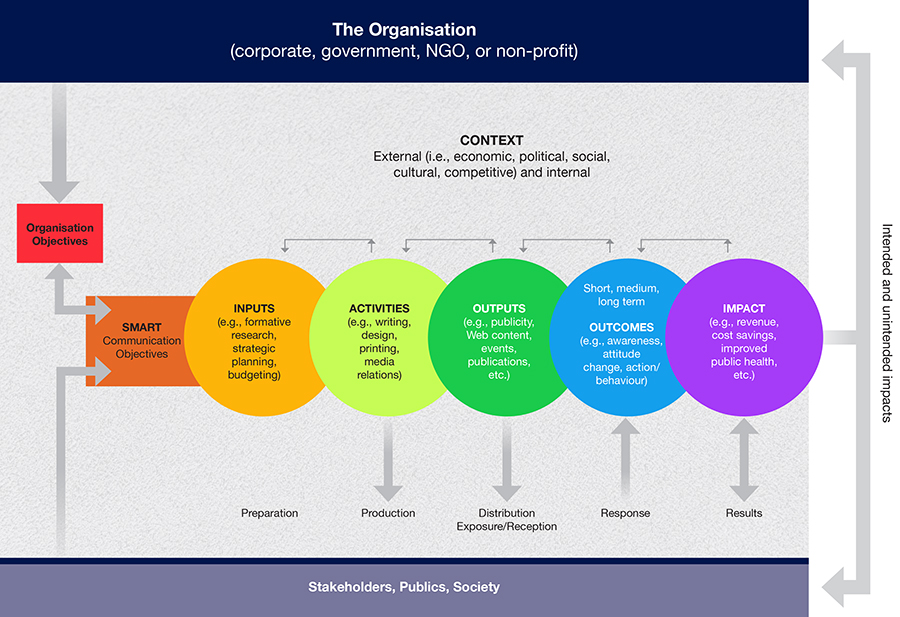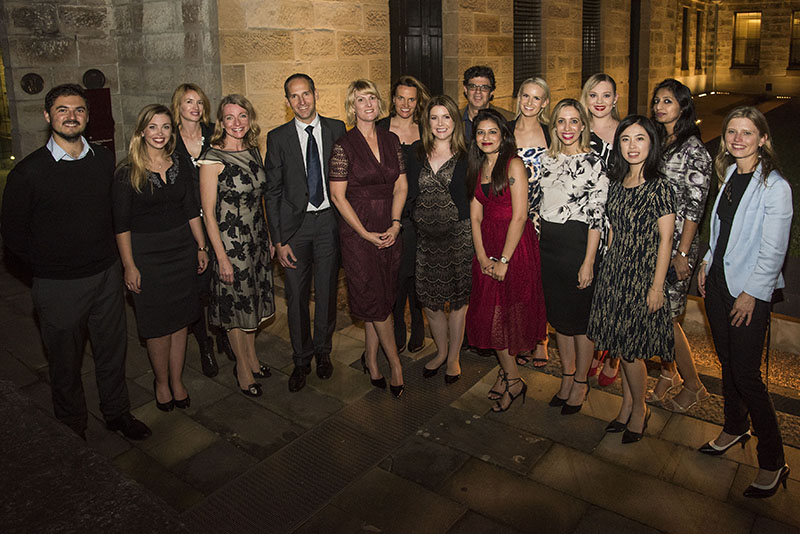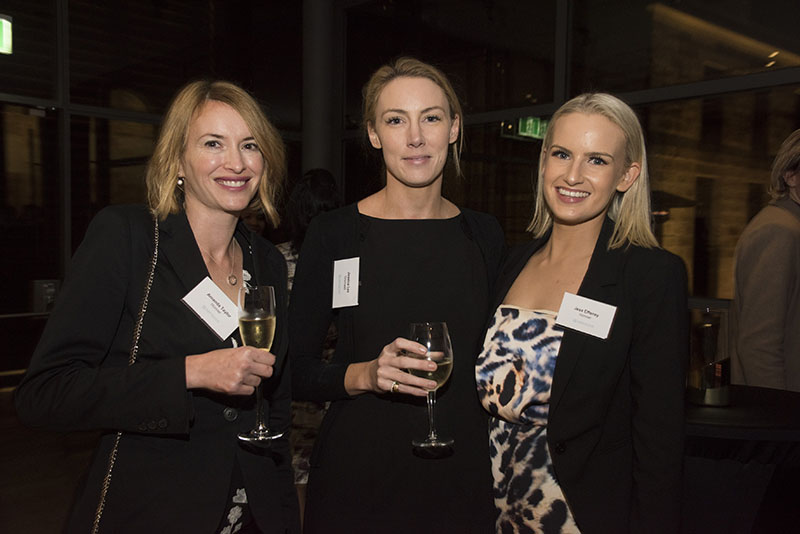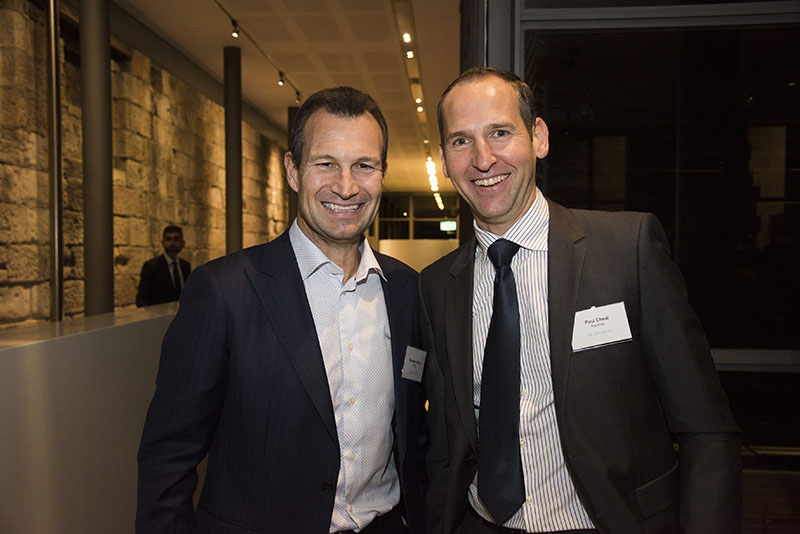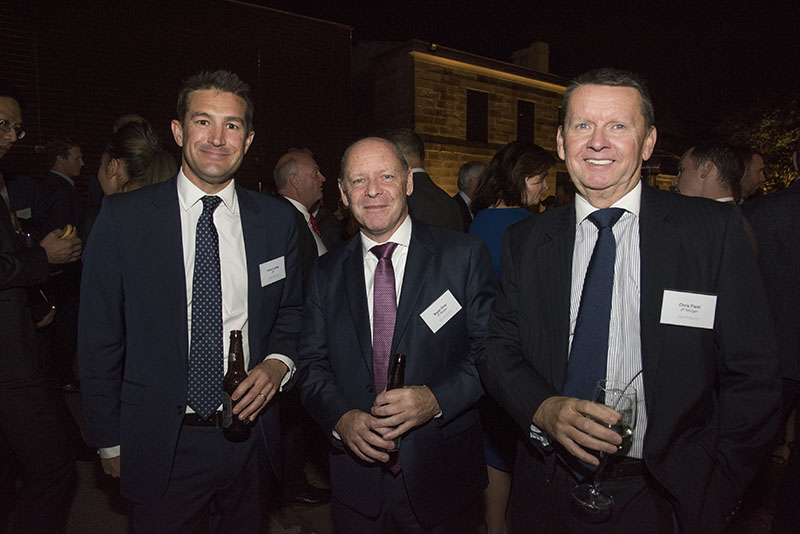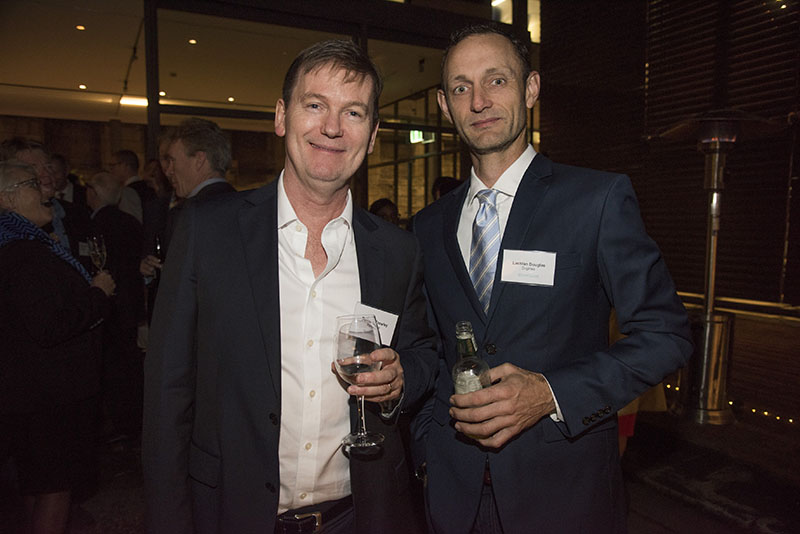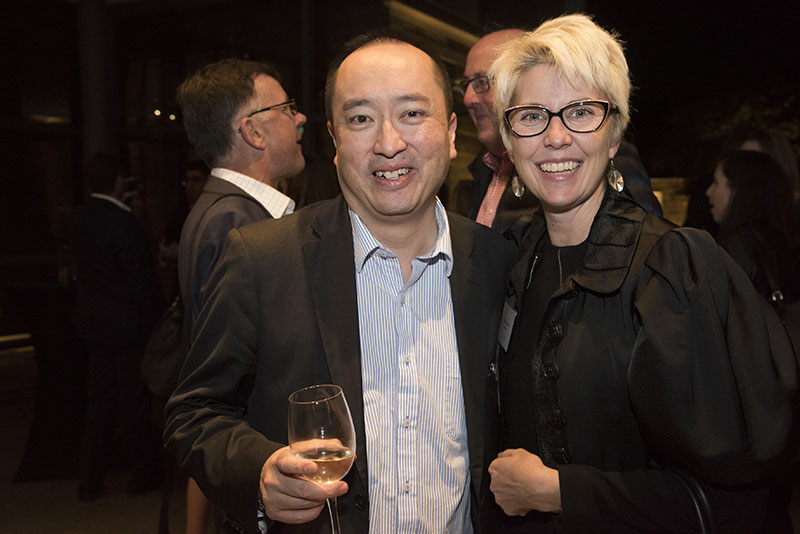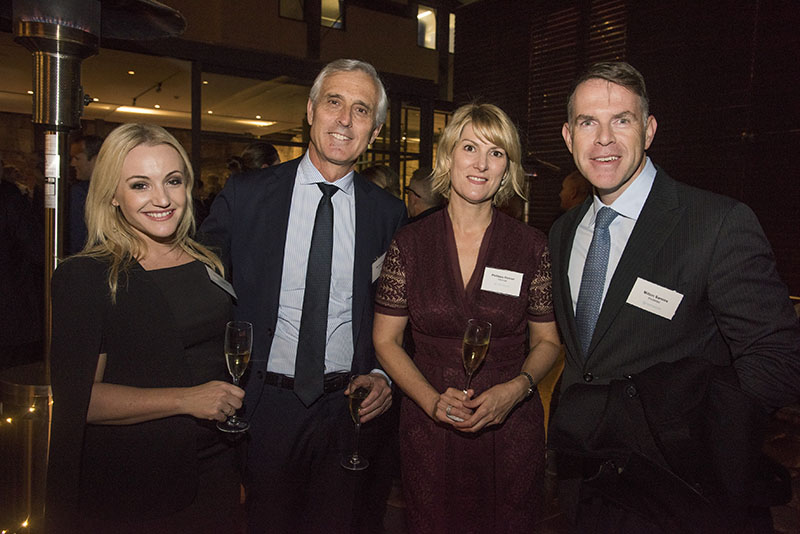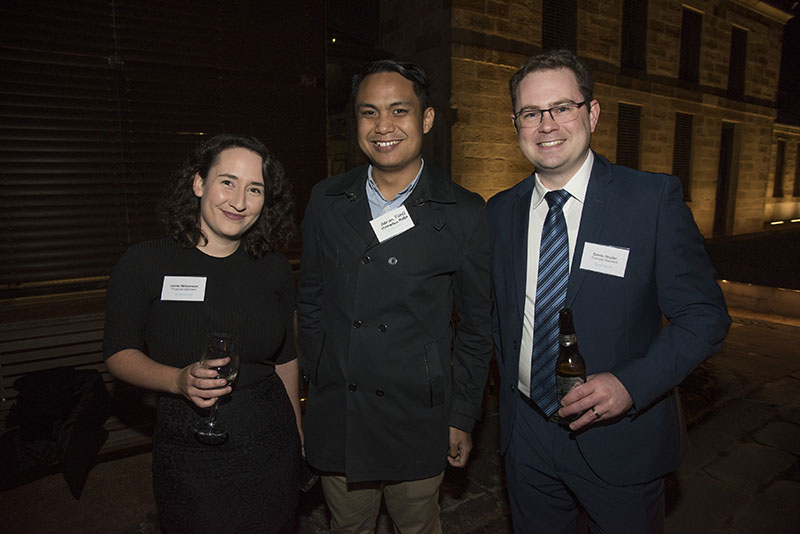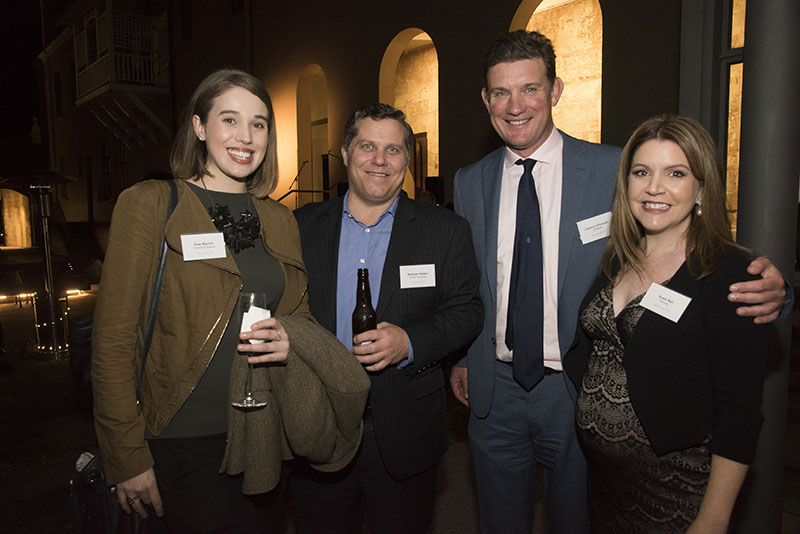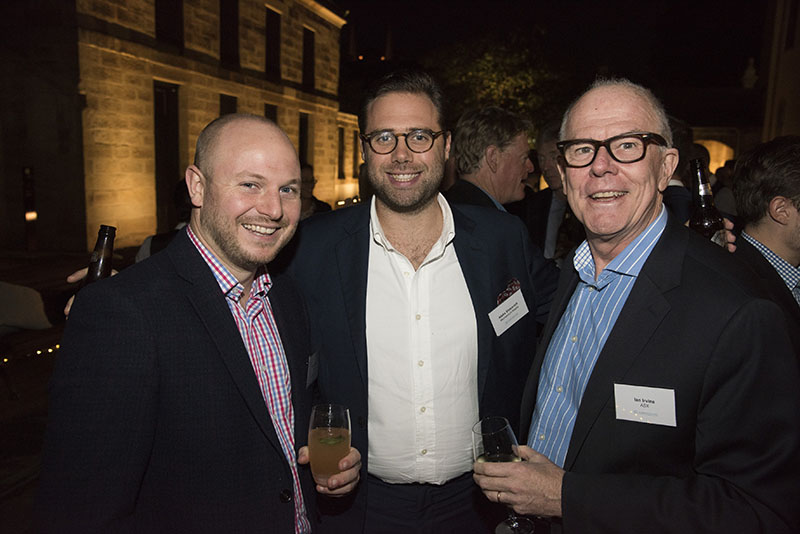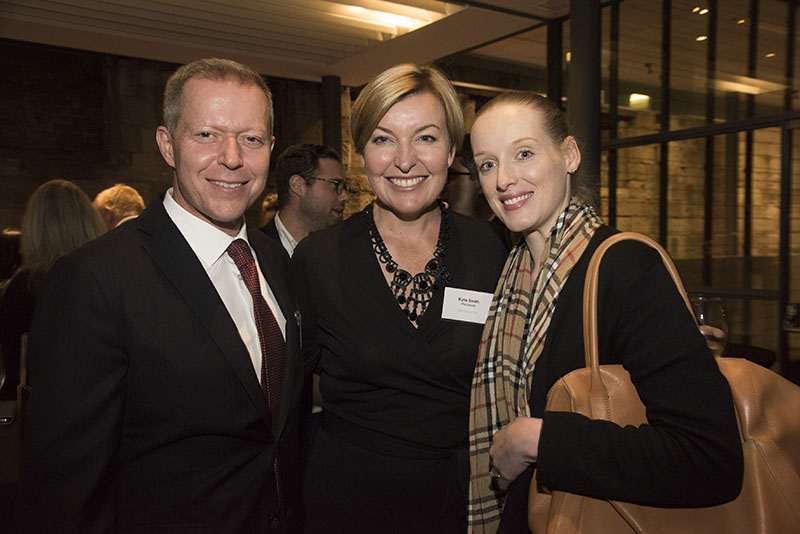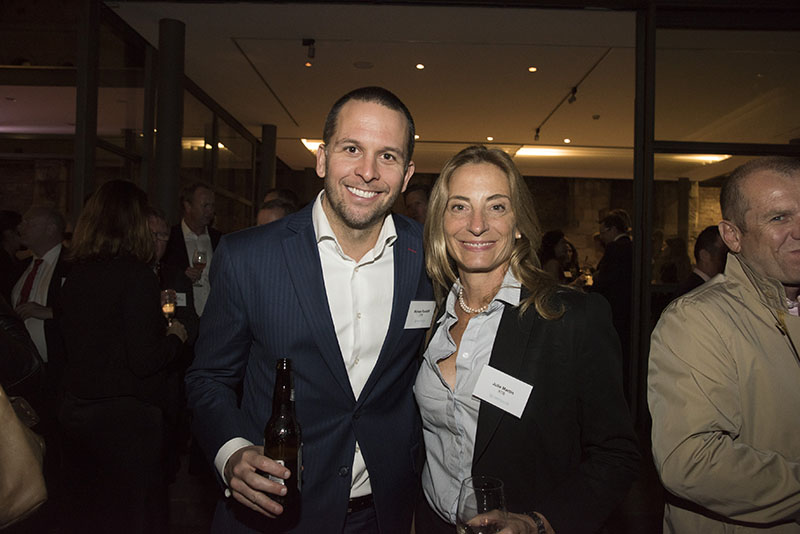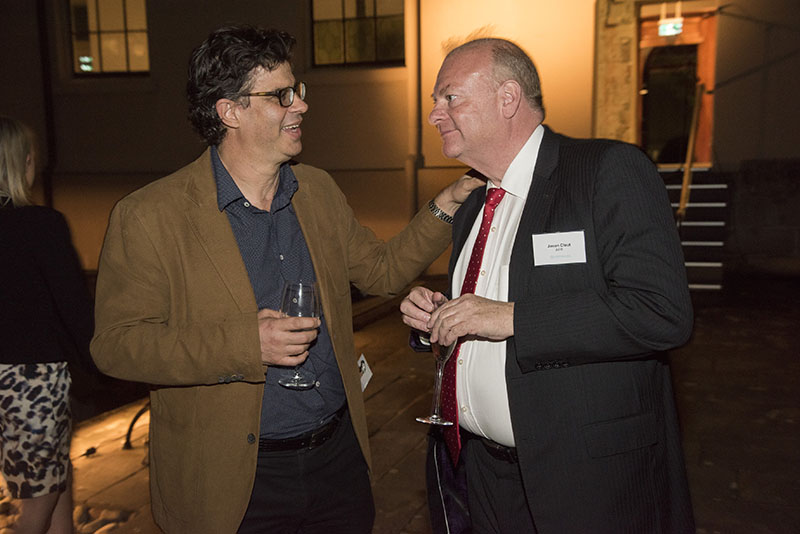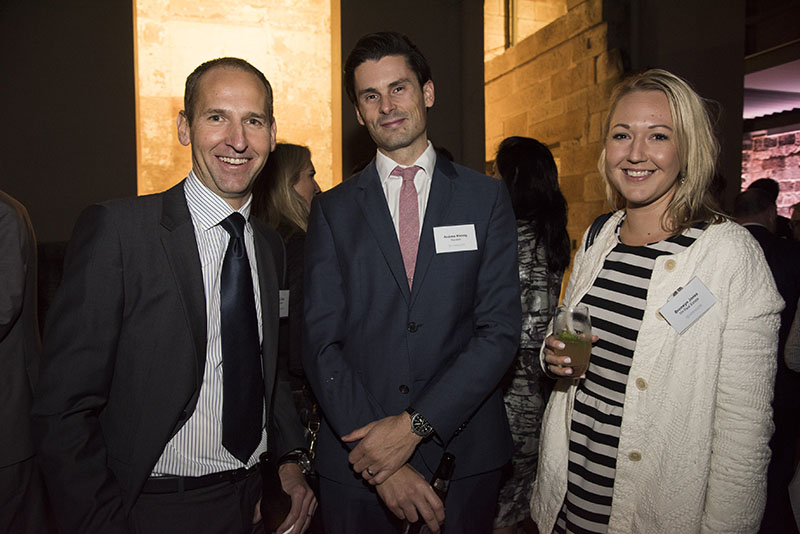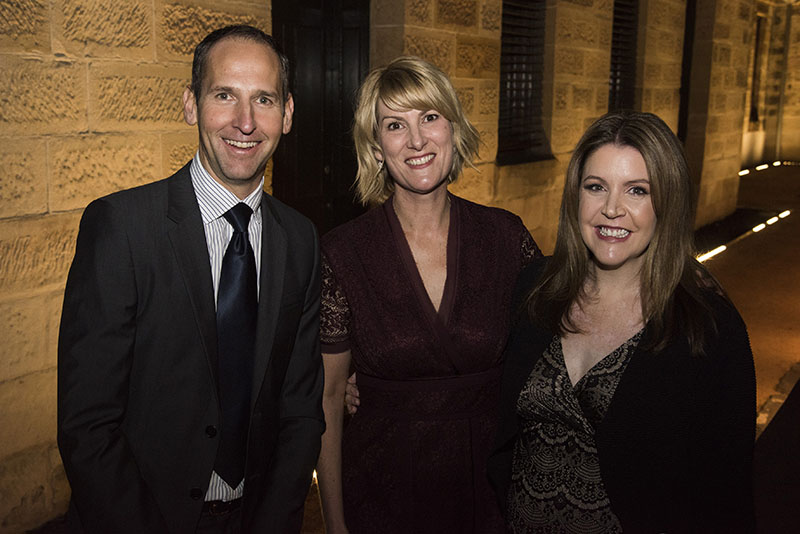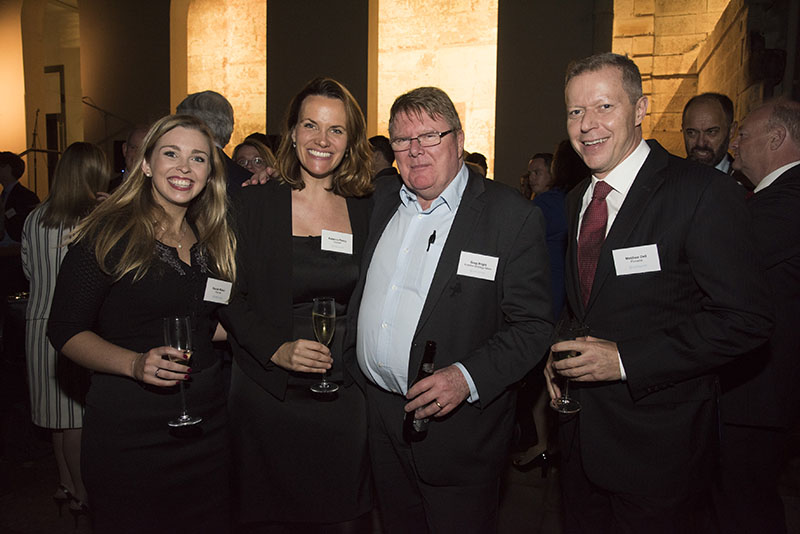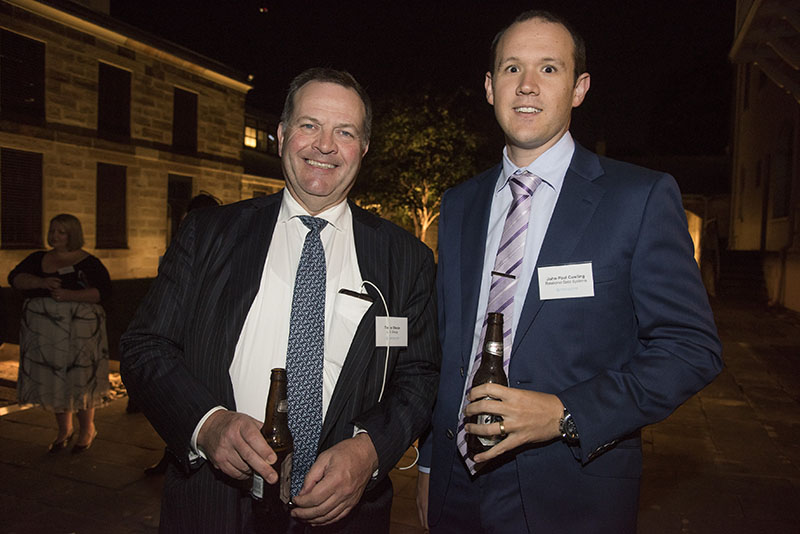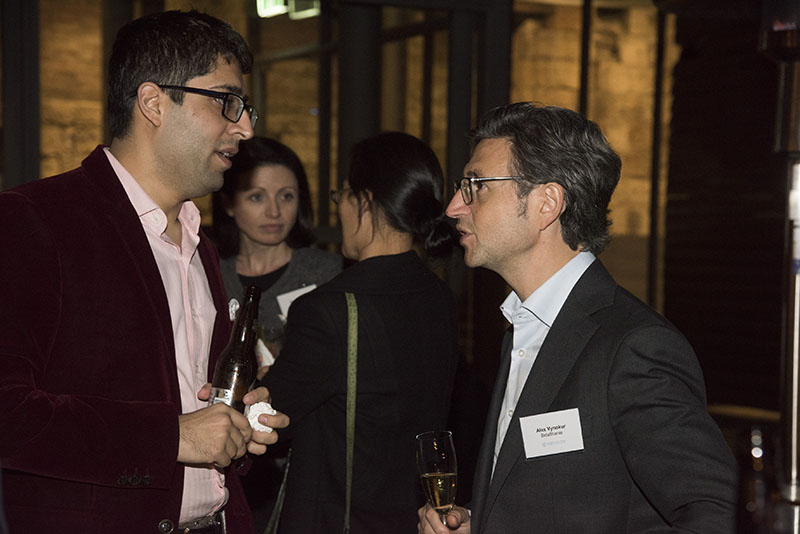Employee engagement is a hot topic and there are plenty of opinions on how to motivate the modern, 21st Century worker, as well as on the data needed to best measure said worker’s enthusiasm for the job. It pays to question what you hear.
The 2017 State of Workplace Communications Report by Dynamic Signal asserts that “the key indicator of employee engagement today depends entirely on the success of a company’s communication team.”
That’s a pretty strong statement.
No one disputes the importance of employee engagement. There is a plethora of robust research that has been done over many decades that clearly links employee engagement to better bottom lines. Hopefully, most of us also know this to be true from personal experience working in a great team, in a great environment.
But is it true that the success of a company’s communication team is a “key indicator” of employee engagement?
This comes down to how you define the purpose of internal communication within an organisation.
Too often, internal communication is, unfortunately, a misnomer for information dissemination.
As if to underscore this point, the report says, “Communication teams use email, memos, social media and intranets to reach employees” and yet communication professionals have “zero data on what’s working and what’s not”.
Such activities are often largely exercises in information sharing, not in building engagement. However, you don’t need data to tell you when people are engaged – it’s palpable. Walk around the office and have some conversations with employees – you will soon know.
And while there is an important place for email, memos, social media and intranets in supporting employee engagement, the most important communication tool is often left out of the kit – people.
My experience running internal communication and change programs has shown me that the key to employee engagement is people. People build relationships with people. People motivate each other. People engage with other people.
Which people in the organisation am I referring to? All people and, most importantly, leaders. Not just ‘appointed’ leaders, but all people throughout the organisation who demonstrate leadership in how they work and how they bring others along with them.
These people are the true enablers of employee engagement.
However, the problem is that employee engagement is often viewed as solely the responsibility of the internal communication team – one of their ‘jobs’. But effective employee communication does not equal employee engagement.
Good internal communication, even exceptional internal communication, on its own will never deliver an engaged workforce because employee engagement is not solely the remit of the internal communication team – it is broader and deeper.
The pivotal role of internal communicators in employee engagement is one of facilitation. Internal communicators should work closely with leaders and key people across the organisation on the when, how and why of effective communication.
So, is the success of a company’s communication team a “key indicator” of employee engagement? I would say yes – as long as internal communication is understood as one element of employee engagement, and that leaders and others in the organisation are embracing their critical role in engaging people.
Internal communicators must move organisations towards greater understanding, acknowledgement, and action on this point. A conversation may be the best place to start.





